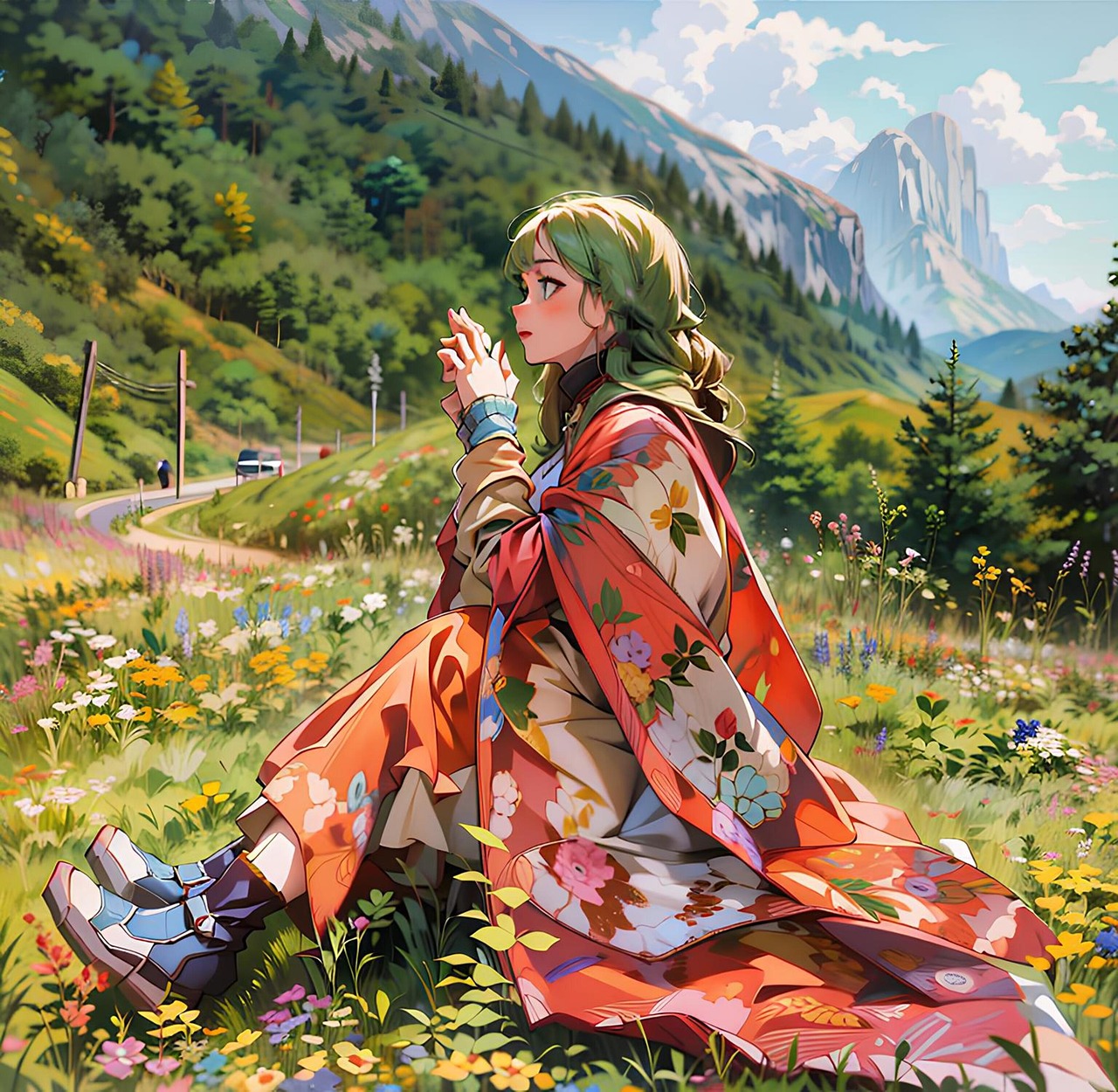Fashion and Literature: Analyzing Clothing as a Symbol in Literary Works
Clothing plays a significant role in shaping and expressing a character’s personality in various forms of literature and media. The choice of clothing for a character can provide subtle or overt cues to the audience about their traits, values, and motivations. Through the clothing that a character wears, readers or viewers can glean insights into their background, profession, social status, and even their emotional state.
For example, a character dressed in elegant and high-end attire may be perceived as wealthy, sophisticated, or even pretentious, depending on the context of the story. On the other hand, a character in casual, relaxed clothing may be seen as down-to-earth, approachable, or perhaps lacking in ambition. The colors, styles, and condition of clothing can all contribute to the overall impression of a character and help to establish their identity in the minds of the audience.
The Symbolism of Colors in Clothing Choices
Colors play a significant role in the choices individuals make when selecting their clothing. Each color holds its own symbolism and can evoke various emotions or convey specific messages. For example, red is often associated with passion, energy, and confidence, while blue is linked to calmness, trust, and stability.
When considering the symbolism of colors in clothing choices, it is essential to recognize that these associations can vary across different cultures and contexts. In Western societies, white is often synonymous with purity and innocence, whereas in some Eastern cultures, it represents mourning and loss. Therefore, individuals may choose their clothing colors based on personal preferences, cultural norms, or the message they wish to communicate to others.
Clothing as a Reflection of Social Status
Clothing has long been utilized as a visual indicator of one’s social standing within society. The garments chosen by individuals can often convey clues about their economic status, profession, and overall lifestyle. In many cultures, the type of fabric, cut, and style of clothing worn can speak volumes about a person’s place in the social hierarchy.
Furthermore, the presence of certain designer labels or luxury brands on clothing items can further emphasize an individual’s social standing. By prominently displaying these recognizable logos or symbols, individuals can signal their affiliation with a particular social group or economic class. This form of sartorial communication serves as an outward reflection of one’s status within society, allowing for instant recognition and interpretation by others.
How does clothing play a role in character development?
Clothing can reflect a person’s personality, values, and beliefs, shaping how they are perceived by others and contributing to their self-expression.
What is the significance of colors in clothing choices?
Colors in clothing can convey different meanings and emotions. For example, wearing black may symbolize sophistication or mystery, while wearing bright colors can represent happiness or energy.
How does clothing reflect social status?
Clothing can indicate a person’s wealth, occupation, cultural background, and social standing. Certain brands, styles, and materials are often associated with specific social classes or groups.







